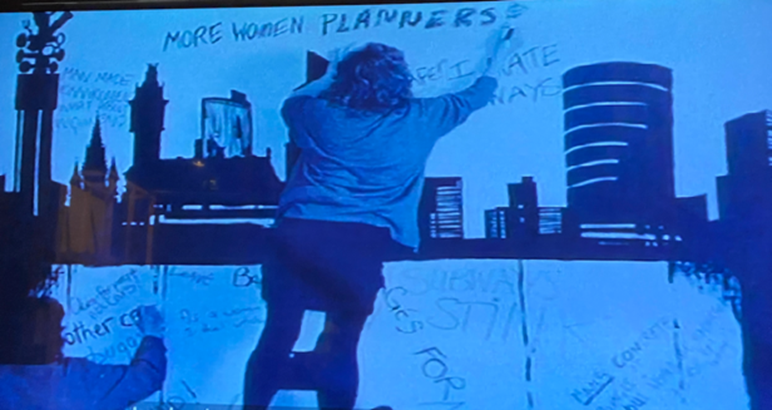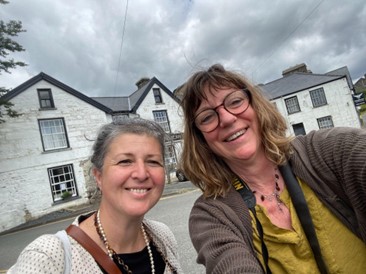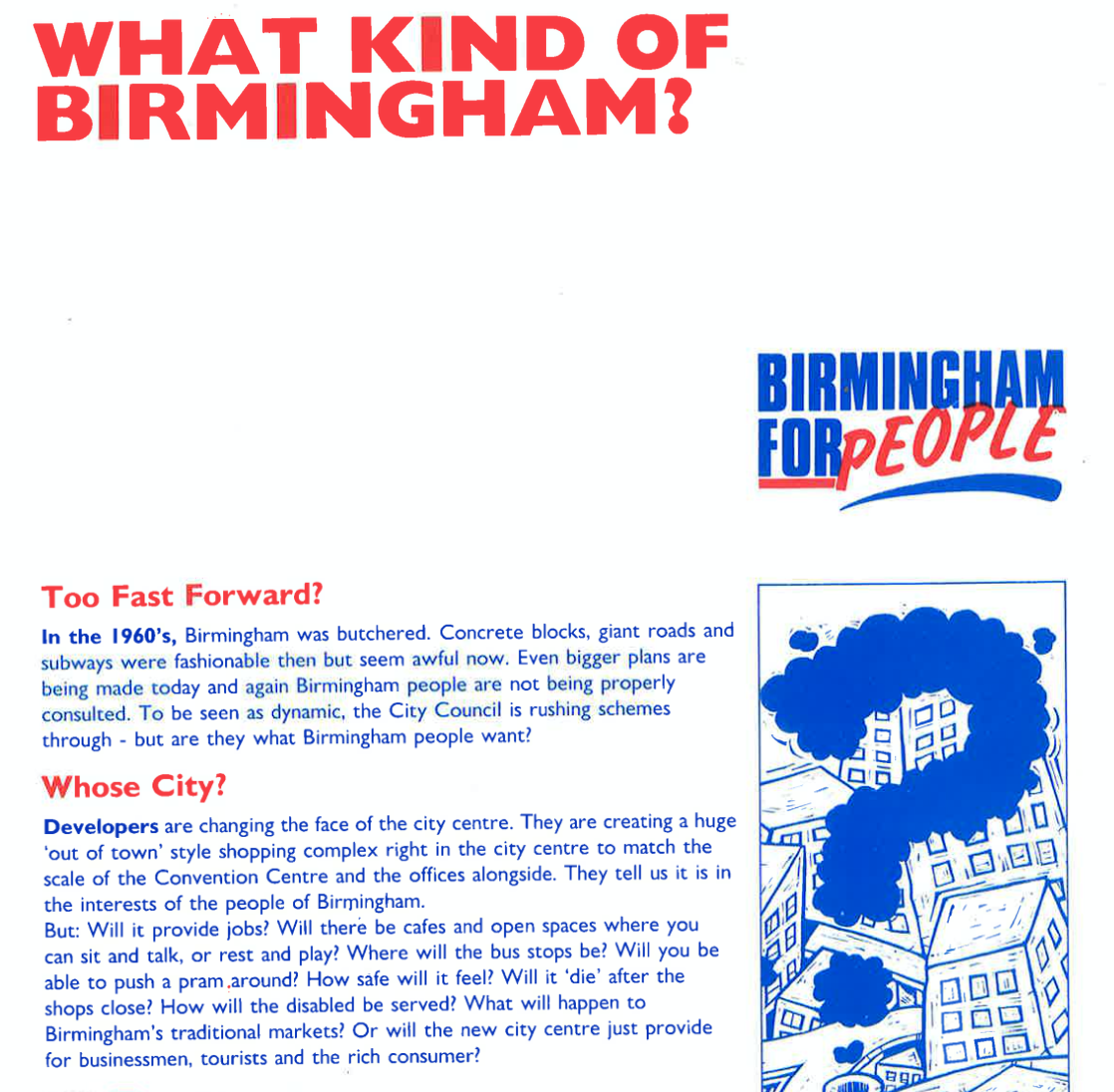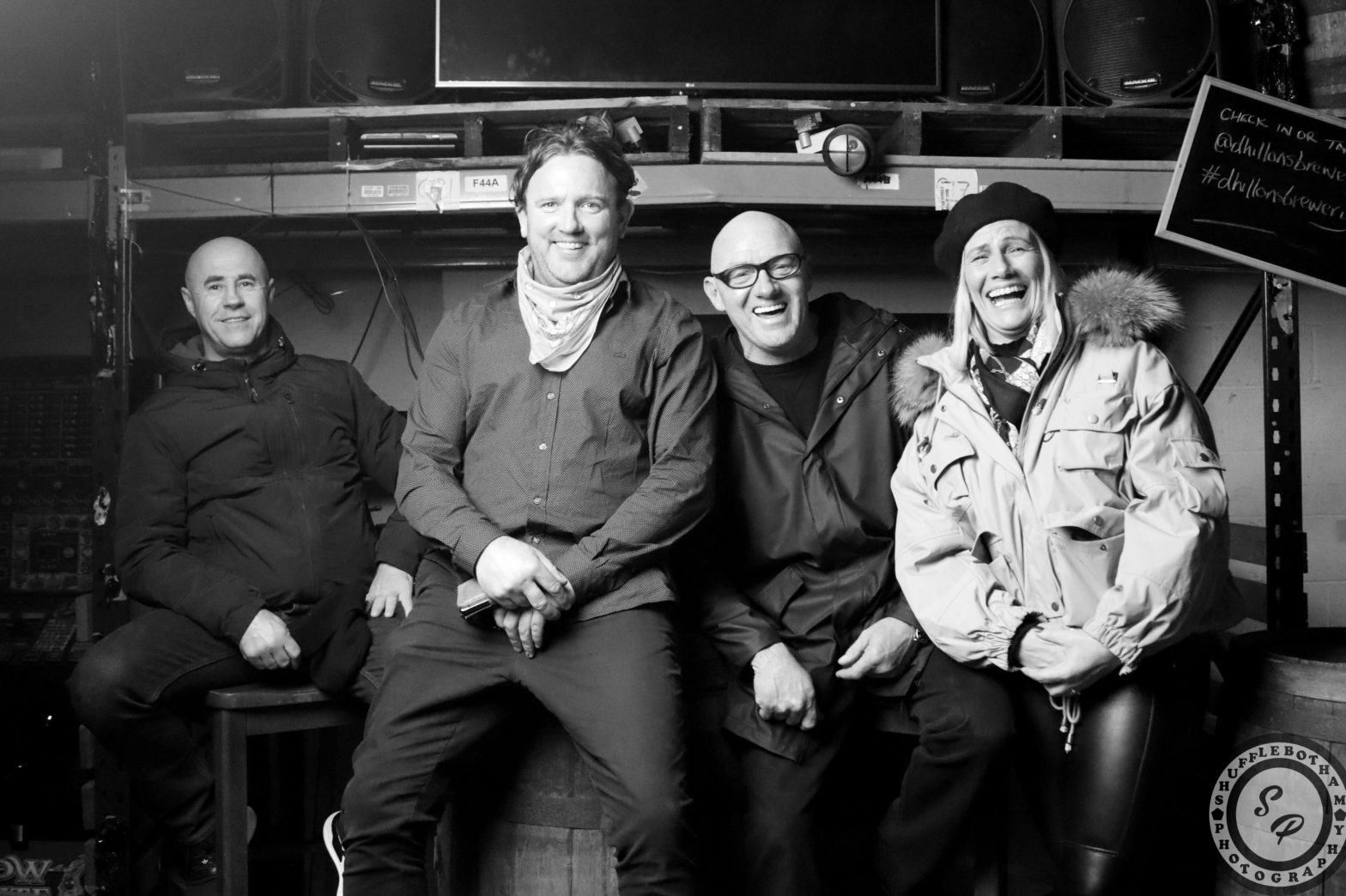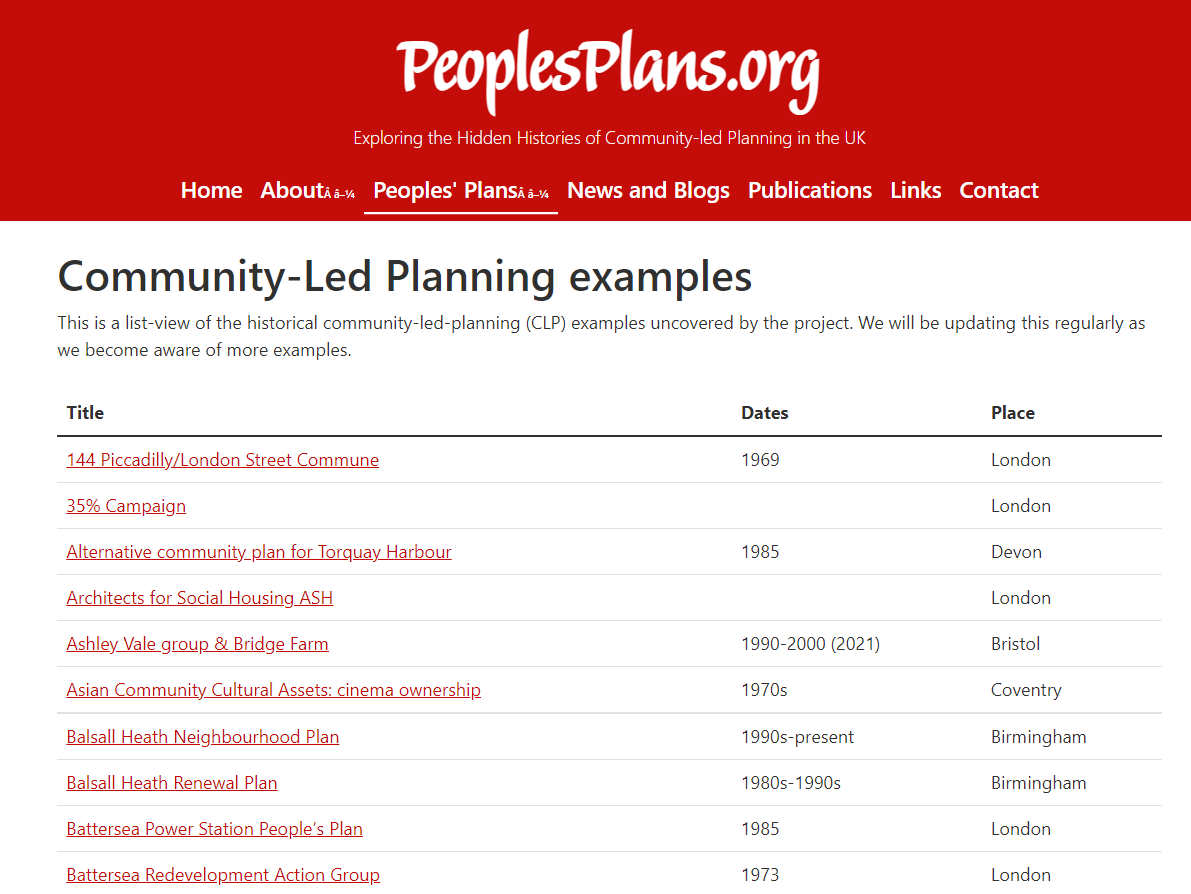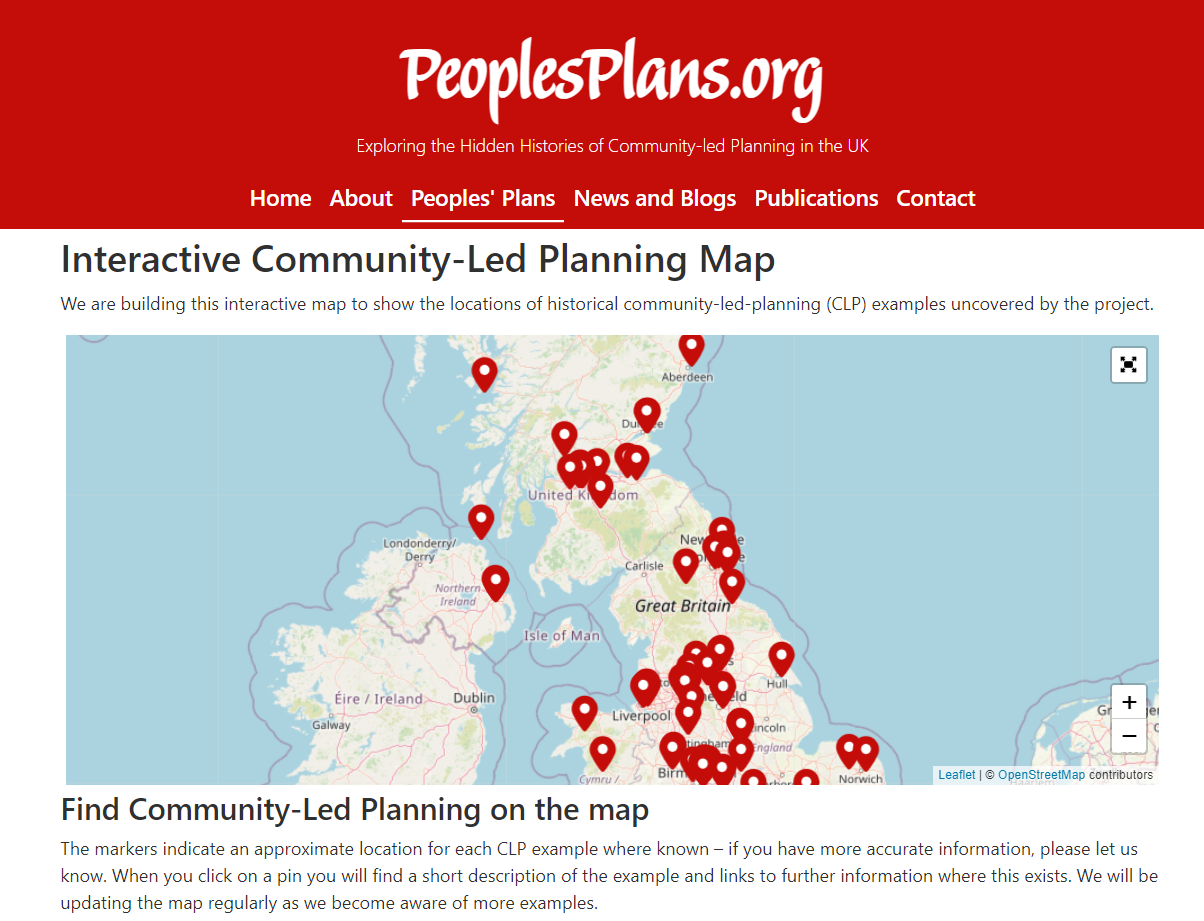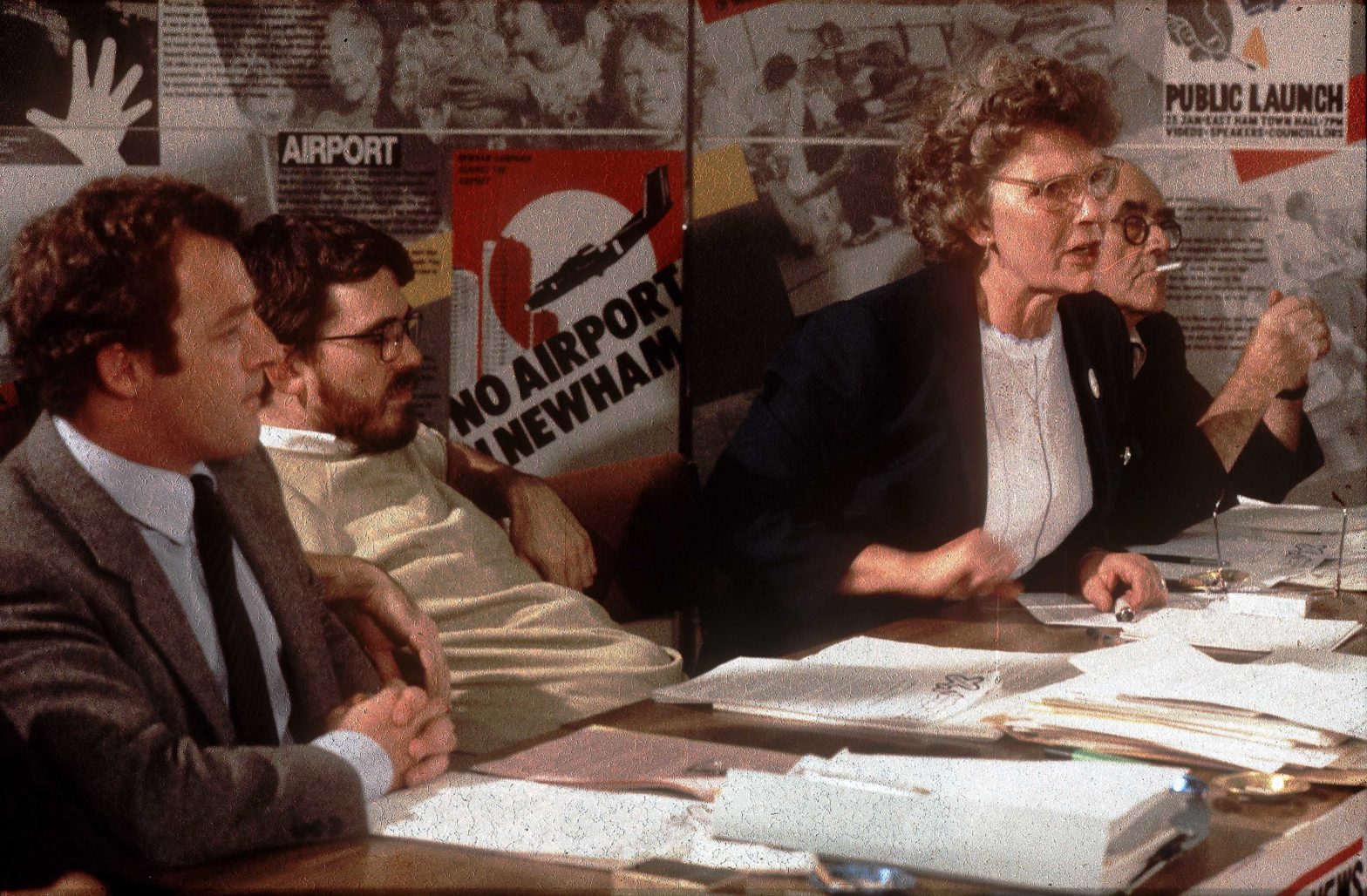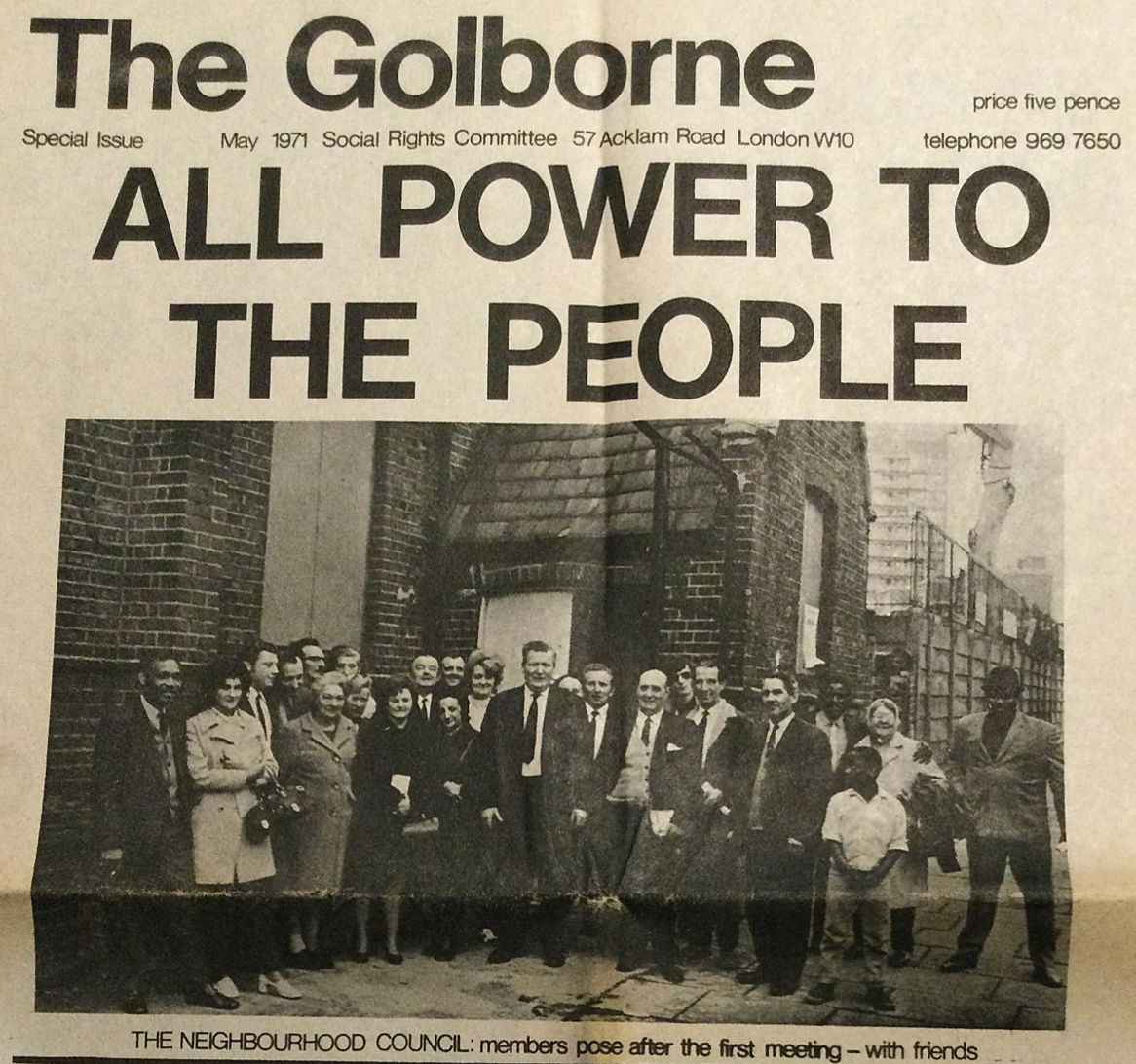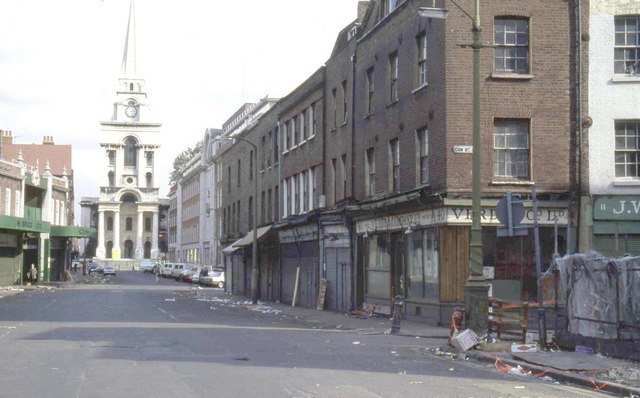Report by Debbie Humphry. Thanks to the participants who are quoted. It took painstaking detective work to unearth women’s histories of community-led planning in Birmingham from the 1960s. After scouring archives, texts, exhibitions and films and sending out dozens of speculative emails, I was eventually rewarded with 12 online interviews with women who had beenContinue reading “Putting Women in the Centre: women’s community planning in Birmingham”
Category Archives: News & Events
From Network to Movement: Community Enterprises in Gwynedd, Wales – Newyddion o Gymru: Rhwydwai
Report by Debbie Humphry. Quotations are all from the participants involved in the Community Enterprises (CEs) unless otherwise indicated. Link to the Map Spaces of Hope – Map (peoplesplans.org) Back in July 2022, we visited one of our case study sites in Gwynedd, north west Wales, receiving a generous welcome from eleven of the manyContinue reading “From Network to Movement: Community Enterprises in Gwynedd, Wales – Newyddion o Gymru: Rhwydwai”
Planning for People in Brum
Spaces of Hope/PeoplesPlans is conducting research on the histories of community-led planning. We have spoken to people who worked with communities to create the spaces and places needed in Birmingham since the 1960s and we are bringing people into conversation together through a free online workshop event on Friday 2nd December 2022 1-3pm. The aim is to share and compareContinue reading “Planning for People in Brum”
Blog: Claiming space, culture and community through music, ecstasy and dance
Debbie Humphry, talking to Coventry-based artist, documentary filmmaker and producer, Adrian Dowling. Photographs by Jamie Shufflebotham Adi Dowling arrived in Coventry from Dublin in the late 1970s, into a culture of de-industrialising despair, “as in poverty, racism, serious violence”. But from 1985 this all changed, when the violence of football hooliganism transmuted into the love ofContinue reading “Blog: Claiming space, culture and community through music, ecstasy and dance”
Project Updates – May 2022 #2
We have added a list view of examples of community-led planning to the website which lists the examples of historical community-led-planning (CLP) uncovered by the project so far. We want to add as many examples of community-led planning to the map as we can find. So please do tell us about any other examples orContinue reading “Project Updates – May 2022 #2”
Project Updates – May 2022
We have added an interactive map to the website which shows the locations of historical community-led-planning (CLP) examples uncovered by the project so far. We want to add as many examples of community-led planning to the map as we can find. So please do tell us about any other examples or send more information aboutContinue reading “Project Updates – May 2022”
Arts in Regeneration: from creative community-led planning to institutional instrumentalism in East London
How can images and aesthetics support community led campaigns? In this blog, Loraine Leeson draws on her experiences with the Docklands Community Poster Project, describing how certain images can become a powerful ‘currency’ for communicating issues and arguments to wider audiences. The arts can be a highly effective tool in community-led planning due to theirContinue reading “Arts in Regeneration: from creative community-led planning to institutional instrumentalism in East London”
Golborne Community Plan and Neighbourhood Council
How have ‘ordinary people’ come together to make decisions about their places, spaces and communities? In this research report, Debbie Humphry explores the story of the Golborne Community Plan and Neighbourhood Council in 1970s London, tracing interconnections of personalities, ideologies and campaigns. Figure 1: The Golborne newsletter. Source: Social Rights Council. January 1971 According toContinue reading “Golborne Community Plan and Neighbourhood Council”
Civil society and ‘community-led planning’
What is ‘community-led planning’ and how has it been understood over the years? In this blog, Professor Glen O’Hara traces the history of the concept and its relationships with ‘civic society’, ‘regeneration’ and activism. The concept of ‘community-led planning’ can have as many meanings as there are people to ask about it. Most recently, itContinue reading “Civil society and ‘community-led planning’”
SE1 Stories. Lessons from the History of Community Organising in one Neighbourhood
A recent exhibition about community led planning in North Southwark and North Lambeth gives us food for thought about what lessons we can draw from past experiences of participatory planning and the importance of not letting these histories get hidden. Our Spaces of Hope principal-investigator, Sue Brownill spoke to Steve Barran and Jane Matheson whoContinue reading “SE1 Stories. Lessons from the History of Community Organising in one Neighbourhood”
